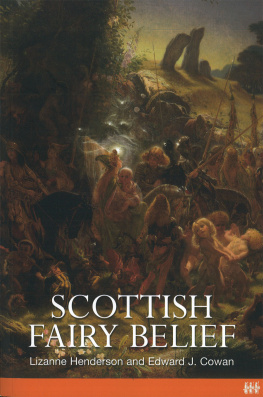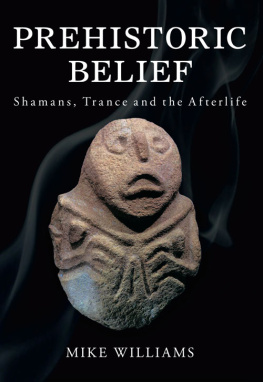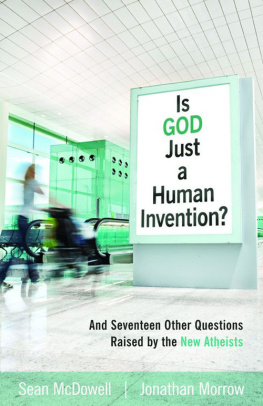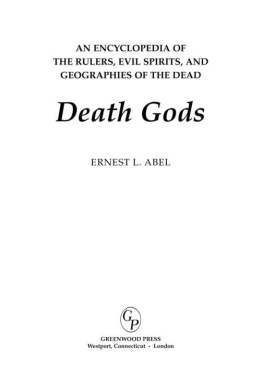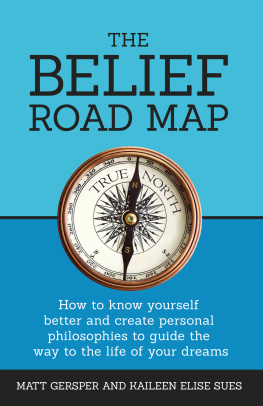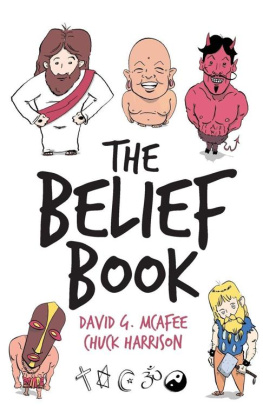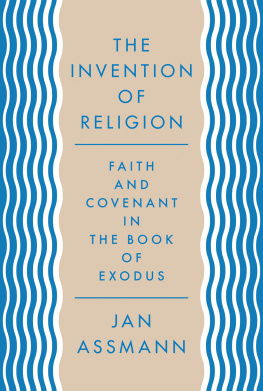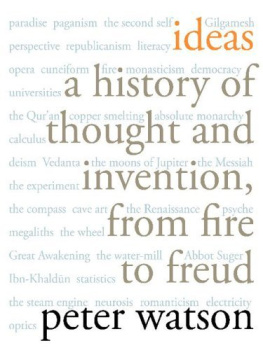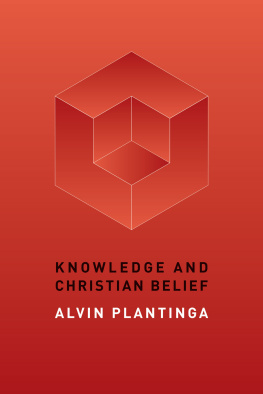An Atheists History of Belief

Copyright 2014 by Matthew Kneale
All rights reserved under International and Pan-American Copyright Conventions. No part of this book may be used or reproduced in any manner whatsoever without written permission from the publisher, except in the case of brief quotations embodied in critical articles and reviews.
First published in Great Britain in 2013 by The Bodley Head, UK
Library of Congress Cataloging-in-Publication Data is available
ISBN 978-1-61902-371-0
Typeset in Dante MT by Palimpsest Book Production Limited
Cover design by Jeff Clark, QUEMADURA
COUNTERPOINT
1919 Fifth Street
Berkeley, California 94710
www.counterpointpress.com
Distributed by Publishers Group West
10 9 8 7 6 5 4 3 2 1
For Robert Orme and Graham Bearman, of Latymer Upper School, London: two outstanding teachers of history, to whom I owe much.
CONTENTS
Let us consider that we are all partially insane. It will explain us to each other; it will unriddle many riddles; it will make clear many things which are involved in haunting and harassing difficulties and obscurities now.
Mark Twain, Christian Science
Imagination rules the world.
Napoleon Bonaparte
As the son of a Manx Methodist atheist and a refugee German Jewish atheist, I have never been much of a believer. Yet, like everyone else, I find myself surrounded by belief. Belief was in the Lords Prayer that I murmured uneasily at school assembly, wondering if it was quite done for someone like me to repeat the words. Belief was in the churches, and later the mosques, synagogues and temples, that I visited on travels. For that matter a form of belief was responsible, among many other things, for my own existence, when it forced my mother to flee from Germany to England, where she met my father.
Growing up in England gave me a vague knowledge of the official version, at least of Christianity. What, I sometimes wondered, had really happened? What had caused people to come up with such strange-seeming notions as paradise, or sin? Or gods?
This book is an attempt finally to satisfy my curiosity. Broad questions such as Why did people invent gods? are, unsurprisingly, hard to answer with certainty, yet I have tried to offer ideas. Where possible I have sought answers from specialist scholars. When questions have been so broad that scholars no doubt wisely have averted their eyes, I have done what I can.
One subject this book is not concerned with is the history of religious institutions. I find little fascination in organisational power struggles. I wanted to know what ordinary people believed. Something else I was keen to avoid was religious jargon. I have tried to recount, as clearly as I could, how beliefs evolved, without recourse to terms that require looking up in a theological dictionary. In these pages you will find no mention of dualism, monism or transubstantiation.
Though I have tried to give an overall picture of peoples beliefs, I will not claim that this picture is complete, or even balanced. I have concentrated on those beliefs that I was most curious about, and that seemed to fall into something resembling a story. Though I have looked at beliefs in China, India and the Middle East, as well as the religions of the Mayans, Aztecs and Incas, I have paid particular attention to Christianity, and its parent, Judaism.
This book does not look exclusively at religious belief. I have also glanced at a couple of creeds that are, supposedly, purely political, such as Marxism. I have done so because these ideologies seem, in some ways, remarkably like religions. What is more, many of their ideas were descended from earlier religious notions that one would not normally associate with twentieth-century politics.
This book does not seek to belittle religion. On the contrary, the more I have looked at intense beliefs, the more I have found them fascinating. They say so much about us. As a fiction writer, who tries to make a livelihood from imagination, I have considerable professional respect for what is, I would propose, humankinds greatest imaginative project.
It is a project that has had a huge role in shaping our past. Non-believers ignore it at their peril. Our beliefs have been a conduit for much of our finest creativity in literature, art, music and architecture. They have also inspired a surprising number of our greatest technological breakthroughs. Beliefs have frequently played a key role in shaping the course of great events. I would go so far as to suggest that human history can be rather better understood not through the clear air of logic and scientific discovery, but through the murky waters of intense, emotional and, at times, downright odd beliefs.
Where and when can one begin to discover such beliefs? The answer is: rather earlier than one might think.
Around 33,000 years ago, in what is now Baden-Wrttemberg in south-west Germany, but which was then a frozen wilderness nestling between great ice sheets, somebody picked up a piece of mammoth tusk and, probably crouching by a fire to keep warm, began carving.
When finished, the figure they had made was only 2.5 centimetres, or less than an inch, tall. Tiny though it is, it is immediately striking, and also a little puzzling. It stands on two legs, in a pose easily recognisable as human, yet it has a lions head. Precisely what was done with it remains a mystery, though it was clearly the object of much attention. Over time it became polished smooth from being held by fingers. Eventually, whether deliberately or by accident, it was broken into pieces and left deep in a cave, the Hohle Fels. Here it remained until 2002, when it was discovered, and carefully reassembled, by a paleoanthropologist, Nicolas Conard, and his team.
Why should we be interested in this tiny lion-person? It is one of the very oldest examples of figurative art yet found. It also holds another first that, to my eyes, makes it much more intriguing. It is the first clear example of religious art. It provides the earliest evidence that people believed in supernatural beings. Can one really have an idea what beliefs people held 33,000 years ago? The answer, perhaps a little surprisingly, is yes.
Why, one might ask, should we be interested in what people believed so very long ago? Put simply, beliefs have a way of enduring. Despite the claims of religious visionaries across the ages, I would suggest that there is no such thing as a new religion. Religions are like ice cores. In each, one can find layer upon layer of past belief. Beliefs, even from 33,000 years ago, are still present in our world. This book seeks to examine some of these ice cores, to discover how their many layers came into being, and to see how they continue to influence our world, sometimes in the most unexpected ways.
Before looking at what beliefs the maker of our lion-person may have held, I would like to pause for a moment, and consider what one might expect them to be. What would people today, whether they believe in a god or not, consider to be the essential prerequisites of any religion?
Next page



